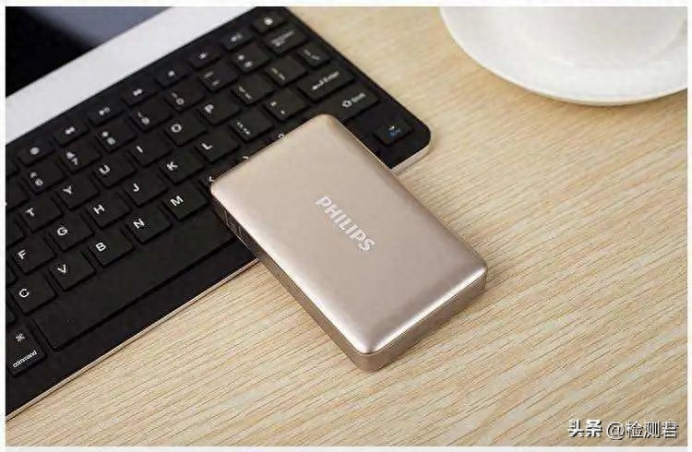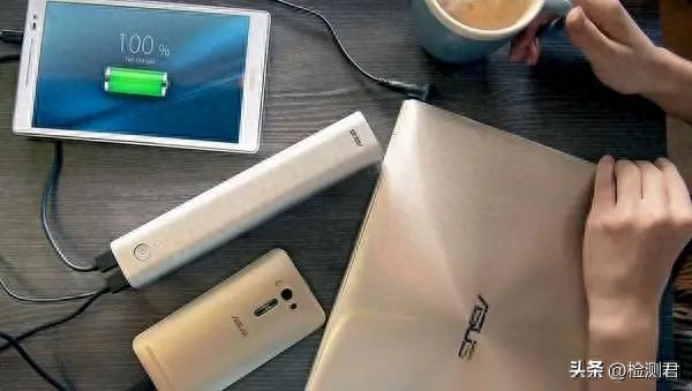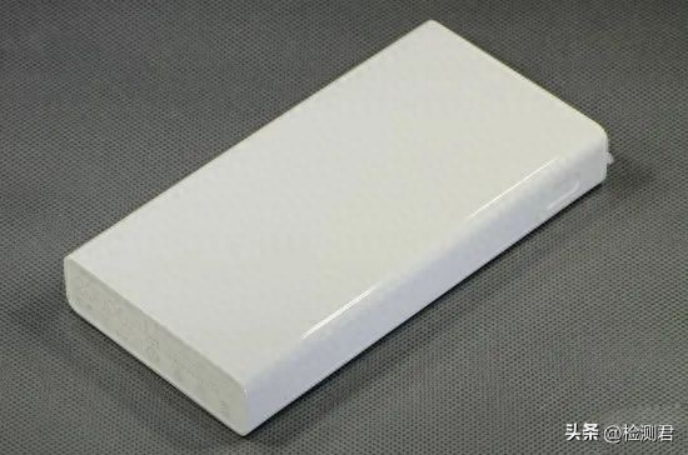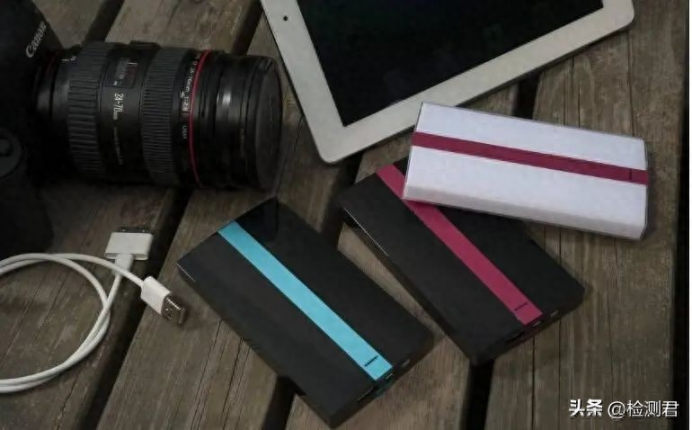Mobile phones are an indispensable electronic device in people’s daily lives. People are becoming more and more dependent on mobile phones. Some people even suffer from anxiety about insufficient mobile phone battery. Nowadays, mobile phones are all large-screen smartphones. Mobile phones consume power very quickly. It is very troublesome when the mobile phone cannot be charged in time when going out. The mobile power supply solves this problem for everyone. Bringing a mobile power supply when you go out can provide If your phone is fully charged 2-3 times, you won’t have to worry about it running out of power when you’re out and about. Mobile power supplies have relatively high quality requirements. What should inspectors pay attention to when inspecting mobile power supplies? Let’s take a look at the inspection requirements and operation procedures of mobile power supplies.
1. Inspection process
1) Prepare for inspection according to company and customer requirements
2) Count and collect inspection samples according to customer requirements
3) Start inspection (complete all inspection items, and special and confirmatory tests)
4) Confirm the inspection results with the person in charge of the factory
5) Complete the inspection report on site
6) Submit report
2. Preparation before inspection
1) Confirm the tools and auxiliary equipment used for testing (validity/availability/applicability)
2) Confirm the products that the factory can provide in actual use testing (record the specific model number in the report)
3) Determine screen printing and label printing reliability testing tools
3. On-site inspection
1) Full inspection items:
(1) The outer box is required to be clean and free of damage.
(2) Color box or blister packaging of the product.
(3) Battery inspection when charging the mobile power supply. (Adjustment testing is performed based on the existing standards of the customer or factory. A common mobile power supply for Apple mobile phones is to adjust the regulated power supply to 5.0~5.3Vdc to check whether the charging current exceeds the standard).
(4) Check the output terminal voltage when the mobile power supply is no-load. (Conduct an adjustment test according to the existing standards of the customer or factory. The common mobile power supply for Apple mobile phones is 4.75~5.25Vdc. Check whether the no-load output voltage exceeds the standard).
(5) Check the output terminal voltage when the mobile power supply is loaded. (Conduct an adjustment test according to the existing standards of the customer or factory. The common mobile power supply for Apple mobile phones is 4.60~5.25Vdc. Check whether the loaded output voltage exceeds the standard).
(6) Check the output terminal voltage Data+ and Data- when the mobile power supply is loaded/unloaded. (Conduct an adjustment test according to the existing standards of the customer or factory. The common mobile power supply for Apple mobile phones is 1.80~2.10Vdc. Check whether the output voltage exceeds the standard).
(7) Check the short circuit protection function. (Conduct an adjustment test according to the existing standards of the customer or factory. Generally, reduce the load until the instrument shows that the mobile power supply has no output, and record the threshold data).
(8)LED indicates status check. (Generally, check whether the status indicators are consistent according to the product instructions or product instructions on the color box).
(9) Power adapter safety test. (According to experience, it is generally not equipped with an adapter and is tested according to international standards or customer-specified requirements).
2) Special inspection items (select 3pcs samples for each test):
(1) Standby current test. (According to testing experience, since most mobile power supplies have built-in batteries, they need to be disassembled to test the PCBA. Generally, the requirement is less than 100uA)
(2) Overcharge protection voltage check. (Based on testing experience, it is necessary to disassemble the machine to measure the protection circuit points in the PCBA. The general requirement is between 4.23~4.33Vdc)
(3) Over-discharge protection voltage check. (According to testing experience, it is necessary to disassemble the machine to measure the protection circuit points in the PCBA. The general requirement is between 2.75~2.85Vdc)
(4) Overcurrent protection voltage check. (According to testing experience, it is necessary to disassemble the machine to measure the protection circuit points in the PCBA. The general requirement is between 2.5~3.5A)
(5) Discharge time check. (Generally three units. If the customer has requirements, the test will be carried out according to the customer’s requirements. Normally, the discharge test is carried out according to the nominal rated current. First budget the approximate time to discharge the battery, such as 1000mA capacity and 0.5A discharge current, which is about two hours. )
(6) Actual use inspection. (According to the instruction manual or color box instructions, the factory will provide corresponding mobile phones or other electronic products. Make sure the test sample is fully charged before testing)
(7) Issues to pay attention to during actual use inspection.
a. Record the model of the product actually used (the charging current of different products is different, which will affect the charging time).
b. Record the status of the product being charged during the test (for example, whether it is powered on, whether a SIM card is installed on the phone, and the charging current is inconsistent in different states, which will also affect the charging time).
c. If the test time differs too much from the theory, it is likely that the capacity of the mobile power supply is mislabeled, or the product does not meet customer requirements.
d. Whether the mobile power supply can charge electronic devices depends on the fact that the internal potential voltage of the mobile power supply is higher than that of the device. It has nothing to do with the capacity. The capacity will only affect the charging time.
(8) Printing or silk screen reliability test (test according to general requirements).
(9) Measurement of the length of the attached USB extension cord (according to general requirements/customer information).
(10) Barcode test, randomly select three color boxes and use a barcode machine to scan and test
3) Confirm the inspection items (select 1pcs sample for each test):
(1) Internal structure inspection:
Check the basic assembly process of PCB according to company requirements, and record the version number of PCB in the report. (If there is a customer sample, it needs to be carefully checked to ensure consistency)
(2) Record the version number of the PCB in the report. (If there is a customer sample, it needs to be carefully checked to ensure consistency)
(3) Record the weight and dimensions of the outer box and record them correctly in the report.
(4) Conduct a drop test on the outer box according to international standards.
1. The mobile power supply cannot charge or power other electronic devices.
2. The remaining power of the mobile power supply cannot be checked through the LED indication.
3. The interface is deformed and cannot be charged.
4. The interface is rusty, which seriously affects the customer’s desire to buy.
5. The rubber feet come off.
6. The nameplate sticker is poorly pasted.
7. Common minor defects (Minor defects)
1) Poor flower cutting
2)Dirty
Post time: Sep-13-2023









